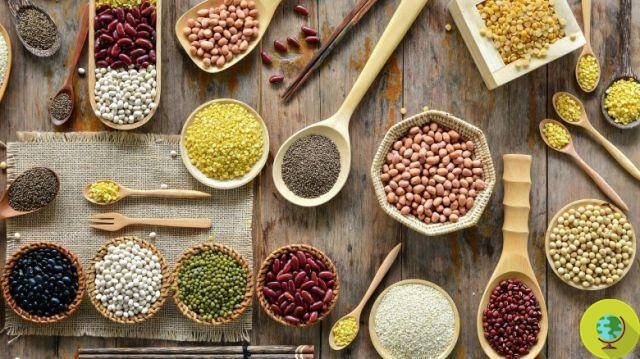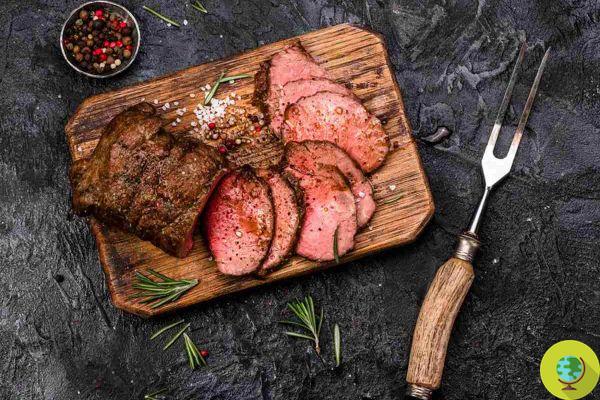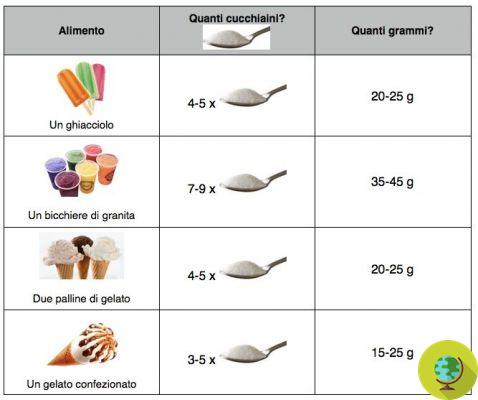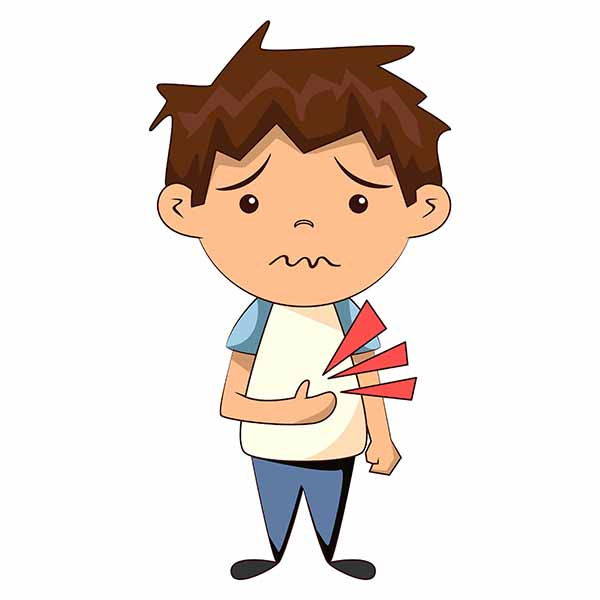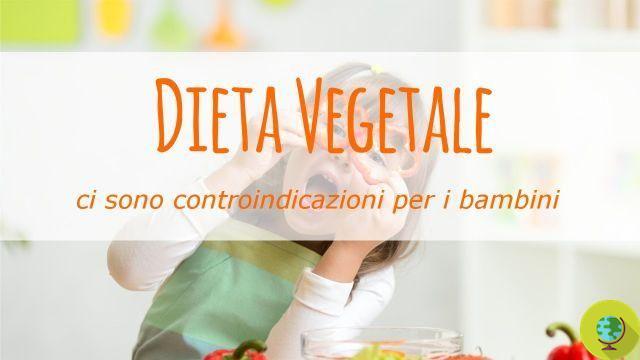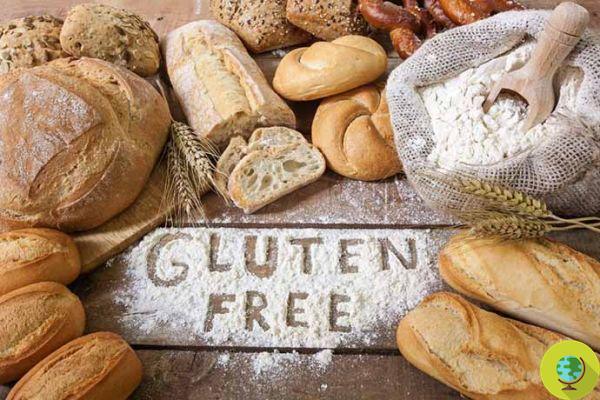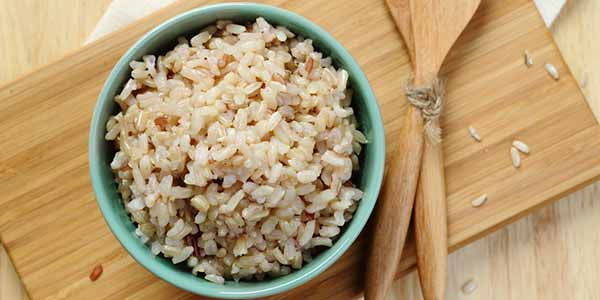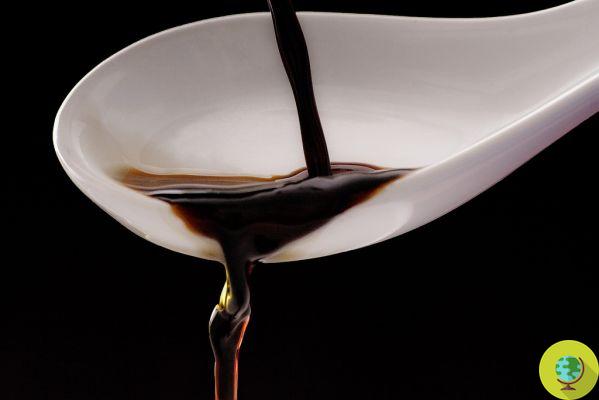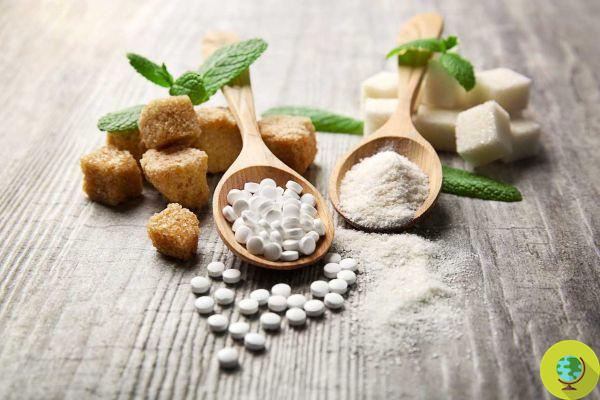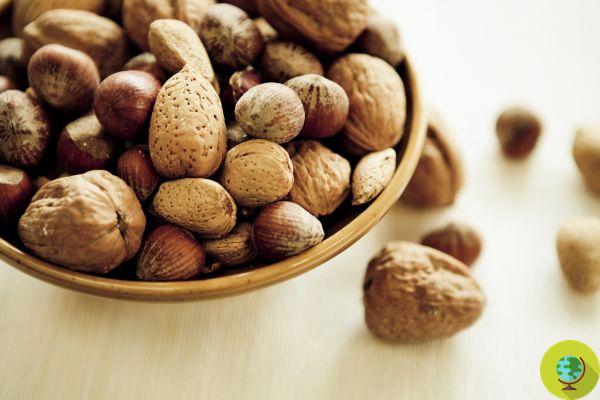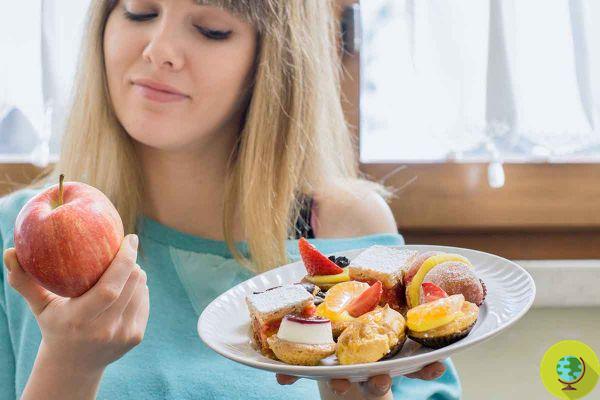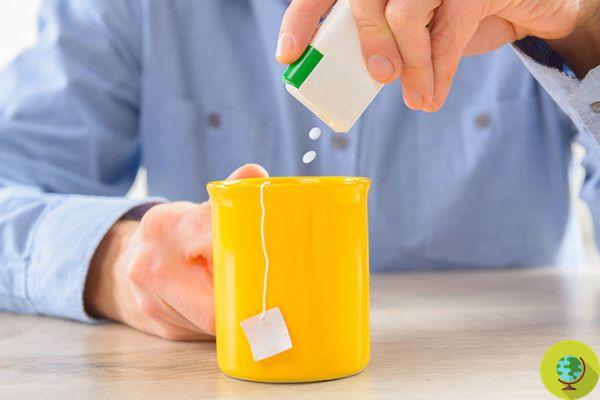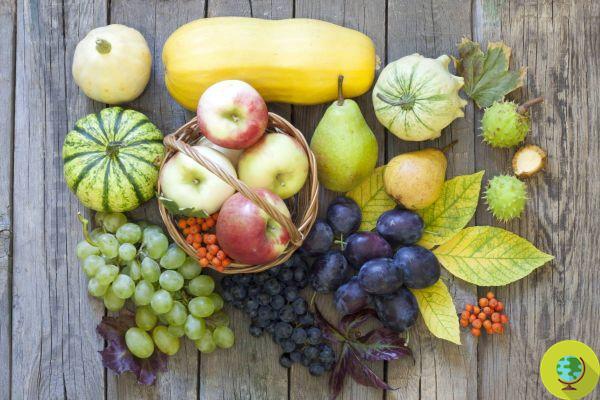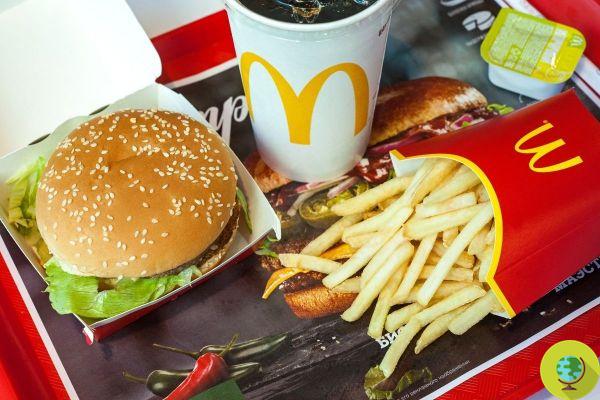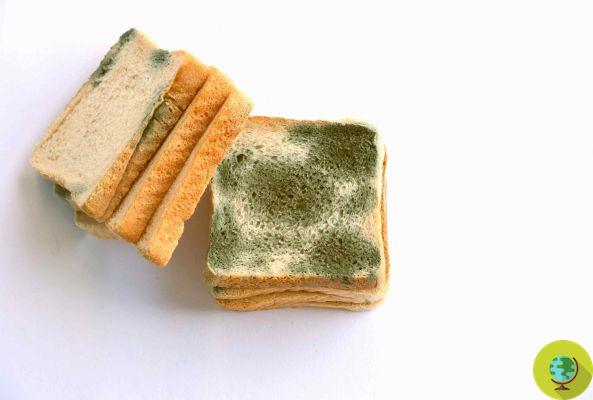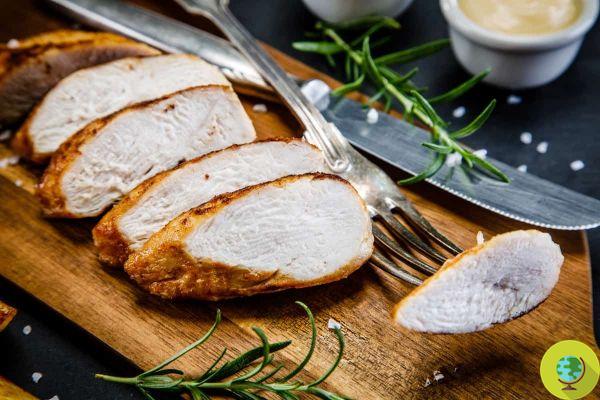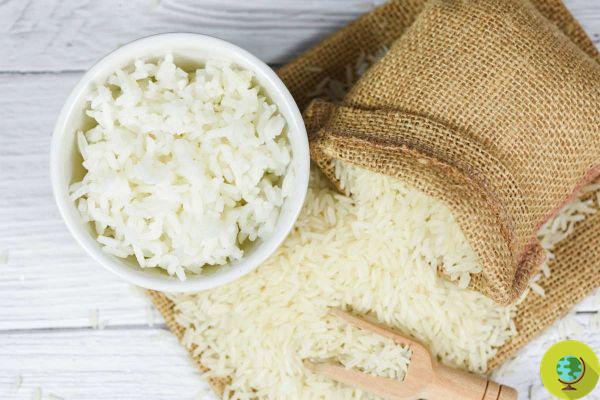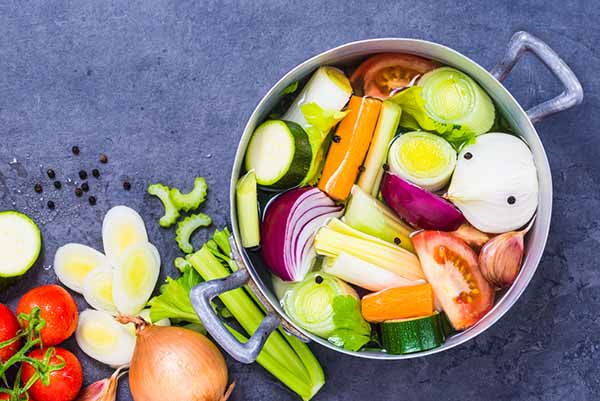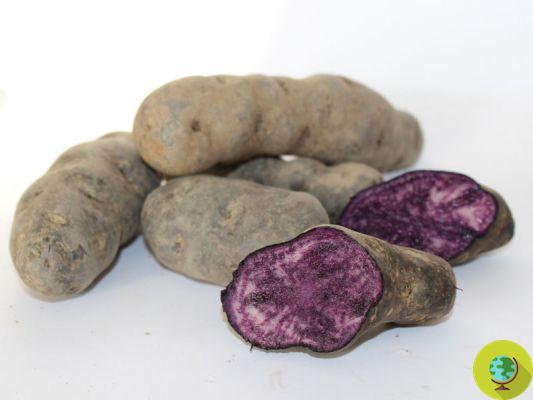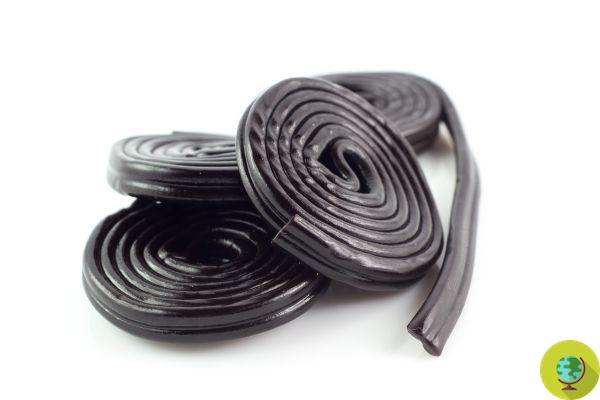Curcumin E100 dye is not as natural as you might think. In fact, it is extracted with solvents and often aluminum is added
Don't store avocado like this: it's dangerousAs we know, in many commonly used foods and drinks we find various food additives hidden, including dyes that can be artificial or natural. Today we focus on curcumin (E100), a yellow dye that we immediately associate with turmeric, therefore considered natural and harmless. But is it really so?
Curcumin is also listed in the ingredient list under the abbreviation E100. When we find this dye present, not only in foods (bread, sweets, breakfast cereals, etc.) but also in some medicines, we could mistakenly think that it is an extract obtained in a completely natural way from turmeric. In fact, that's not quite the case.
It is in fact an industrial derivative that is extracted from the turmeric root but through chemical solvents and in some cases aluminum is also added to the dye, before using it in food. Aluminum, of which no traces are found in the list of ingredients.
Nothing to do, therefore, with the precious active ingredient present in turmeric, whose incredible properties we have talked about several times. Read also: Turmeric: properties, uses, recipes and doses to enhance its benefits
The processes and processes to which the dye is subjected make it far from the natural product from which it derives and of this, as consumers, we should be well aware.
However, curcumin is considered a safe dye by food additives guides, unlike others that are branded a red for their toxicity. Curcumin, however, is extracted with toxic solvents such as hexane, ethanol or dichloromethane.
It is no coincidence that in the EU Regulation N ° 231 of 2012 of the European Commission which concerns food additives, curcumin contamination limits are established by the solvents with which it was extracted. Specifically, there cannot be more than 50 milligrams of chemical solvents in the final product but in the case of dichloromethane the limit is reduced to 10 mg of residue.

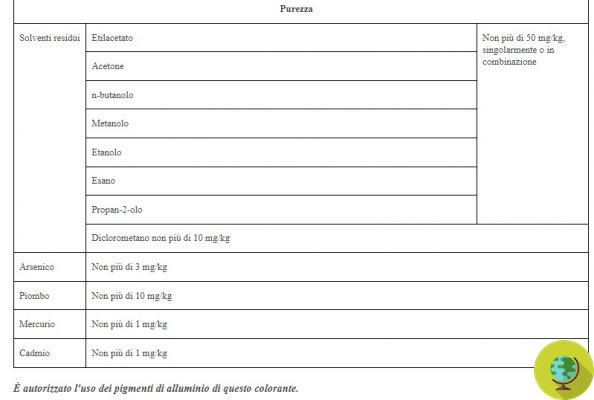
@EU regulation N ° 231 of 2012
Furthermore, as can be seen from the table, this additive also establishes a maximum possible contamination by heavy metals such as mercury, cadmium, lead and arsenic, which makes us understand that there is also the possibility of finding traces of these substances in the dye. the final. These come from the land where turmeric is grown.
As we said at the beginning and also reads in the infographic:
The use of aluminum pigments of this dye is authorized.
Aluminum is used to optimize the color, making it brighter and brighter but also resistant to possible variations in temperature and humidity.
In short, even if it appears to be of completely natural origin, the E100 curcumin dye can hide various chemical substances inside and is always obtained from a chemical processing. It is therefore better to avoid foods and drinks that contain this but also many other food additives as much as possible.
Let us remember that it would be good to orient our diet as much as possible on fresh, wholemeal and organic foods. And if we really have to buy industrial foods, we try to choose at least those with the shortest list of ingredients.
Follow your Telegram | Instagram | Facebook | TikTok | Youtube
Sources: EU Regulation N ° 231 of 2012
Read also:
- Titanium dioxide (E171): banned in the EU as a food additive from 2022 (but will still remain in medicines)
- Food additives: a person weighing about 70 kg takes on average over 11 grams per day
- The 8 food additives most present in 3/4 of the packaged food we eat
- Food additives: what they are and the possible effects on health (VIDEO)
- 7 food additives and substances to avoid
- 7 food additives that increase the risk of autoimmune diseases
- These common food additives can be harmful to children, pediatricians say




